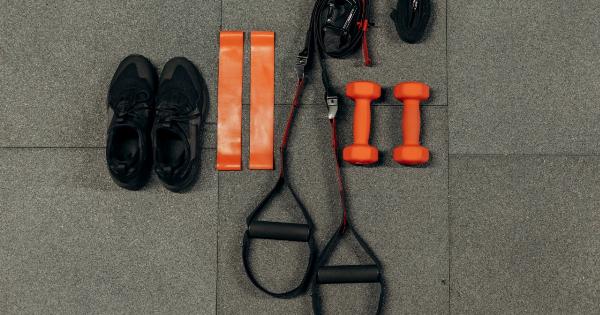We all agree that regular physical activity is important for overall health and wellbeing. Apart from reducing the risk of chronic diseases and improving mental health, physical activity is also associated with increased longevity.
However, there is often confusion about how much physical activity is required to attain these benefits. In this article, we explore the relationship between physical activity and longevity and discuss how many minutes of physical activity count towards a healthy and long life.
What is Physical Activity?
Physical activity refers to any bodily movement that requires energy expenditure. Walking, jogging, cycling, swimming, and dancing are some examples of physical activities.
Physical activity is different from exercise, which refers to planned, structured, repetitive, and intentional movements intended to improve fitness or health.
Physical Activity and Longevity
Several studies have established a positive association between physical activity and longevity.
A study published in the British Medical Journal in 2019 found that adults who engaged in at least 150 minutes of moderate-intensity physical activity per week had a 28% lower risk of premature death compared to those who were physically inactive.
Similarly, a study published in the American Journal of Epidemiology in 2019 found that higher levels of physical activity were associated with lower mortality risk, with the strongest association observed among those who engaged in at least 150 minutes per week.
How Much Physical Activity is Enough?
The physical activity guidelines for adults recommend at least 150 minutes of moderate-intensity physical activity per week or 75 minutes of vigorous-intensity physical activity per week.
Alternatively, a combination of moderate and vigorous-intensity activity can also suffice, such as 75 minutes of vigorous-intensity activity and 150 minutes of moderate-intensity activity per week. Additionally, muscle-strengthening activities that involve all major muscle groups should be performed at least two days per week.
What Counts as Moderate-Intensity Physical Activity?
Moderate-intensity physical activity refers to activities that require moderate effort and cause a slight increase in breathing and heart rate.
Examples of moderate-intensity physical activity include brisk walking, cycling at a moderate pace, water aerobics, ballroom dancing, and gardening.
What Counts as Vigorous-Intensity Physical Activity?
Vigorous-intensity physical activity refers to activities that require a higher level of effort and cause a significant increase in breathing and heart rate.
Examples of vigorous-intensity physical activity include running, swimming laps, cycling at a high speed, playing basketball, and jumping rope.
Is Walking Enough?
Walking is an excellent form of physical activity that can provide numerous health benefits, including increased longevity.
According to the physical activity guidelines, brisk walking can be considered as moderate-intensity physical activity and can count towards the recommended 150 minutes per week. However, to attain the full benefits of physical activity, it is recommended to engage in a variety of activities that involve both moderate and vigorous-intensity physical activity.
How to Incorporate Physical Activity into Daily Life?
Leading a sedentary lifestyle is a major health risk factor. Incorporating physical activity into daily life can help reduce the risk of chronic diseases and promote longevity. Some ways to incorporate physical activity into daily life include:.
- Walking or cycling instead of driving for short distances
- Taking the stairs instead of the elevator
- Standing or walking during phone calls
- Taking short breaks from sitting every 30 minutes
- Engaging in active hobbies, such as gardening, dancing, or sports
Conclusion
Physical activity is an essential component of a healthy lifestyle that can promote overall health and longevity.
The physical activity guidelines recommend at least 150 minutes of moderate-intensity physical activity per week or 75 minutes of vigorous-intensity physical activity per week. Additionally, muscle-strengthening activities should be performed at least two days per week. Engaging in a variety of activities that involve both moderate and vigorous-intensity physical activity can provide maximum health benefits.
It is essential to incorporate physical activity into daily life to reduce the risk of chronic diseases and promote longevity.































